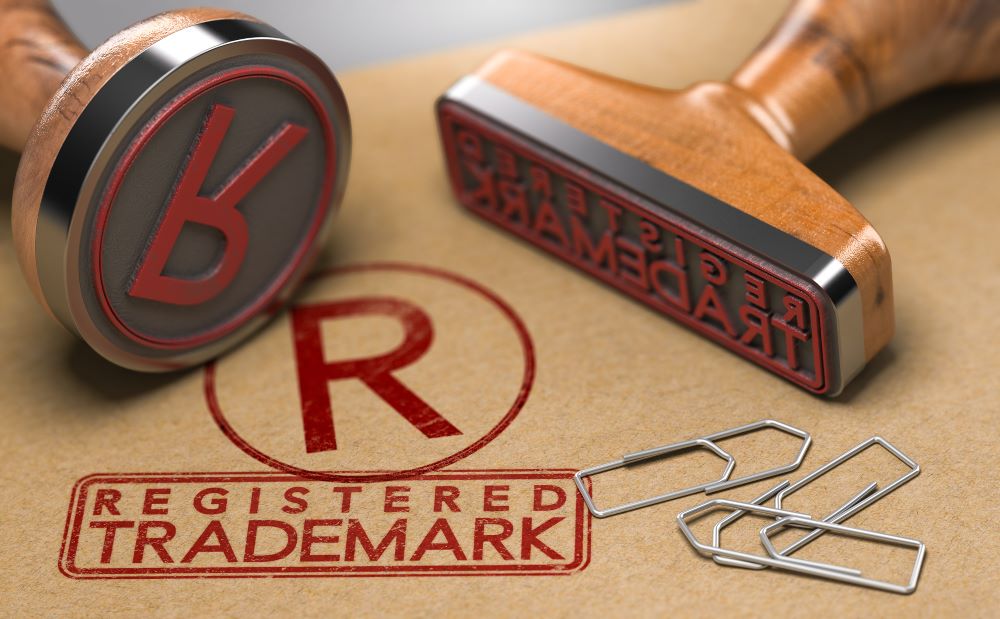Applying for trademark protection provides your business with the peace of mind that comes from being able to prevent third parties from using your phrases or logos for profit. However, the application process can be complex, and if you find out that someone else applied for protection of a similar logo, your request may be denied. But what happens if you happen to know that other business is not really using their trademark?
Fortunately, the Trademark Modernization Act of 2020 has changed this landscape; and becoming familiar with the new rules could mean good news for your business.
What is a Trademark?
A trademark is any word, phrase, design, or symbol that is part of your brand and business. In order to prevent other businesses who offer the same or similar goods or services as you do from using them, you have to apply for trademark protection from the United States Patent and Trademark Office (USPTO).
Protection doesn’t provide absolute rights over the word, phrase, or logo. It only prevents others from using it in connection with the same goods or services you provide. It also only applies within a specific geographic area, unless you apply for nationwide protection. And once a word, phrase, design, or symbol has been trademarked, protection lasts for ten years, and it can be renewed decade by decade.
Current Trademark Application Process
There are several steps involved in applying for trademark protection.
1. Identify and Classify Your Goods or Services
This is an important step, because the cost to apply depends on the classification of your application. It’s also crucial to be as detailed as possible, since once you submit your application, you cannot amend it to include additional information. However, you can update it to narrow it down.
2. Conduct a Trademark Search
This step is essential to make sure that someone else hasn’t already applied for or received protection for a trademark that’s either the same or too similar to yours. You can do so by searching the USPTO’s trademark database. This is called a clearance search.
3. Identify the Type of Trademark You Need
When filing your application, you have to choose between submitting a standard character drawing or a special form drawing. A standard character drawing shows only your mark in text, without specifying font, size, or color (e.g. APPLE instead of Apple product’s logo). By the same token, a special form drawing includes graphics of a design, or logo, specifying fonts and colors (e.g. think of popular logos that don’t need text to be recognizable, such as Instagram, Starbucks, or McDonald’s golden arches).
4. Identify Your Filing Basis
Your filing basis is the legal reason why you are allowed to register your trademark. There are four different types, and each of them has specific requirements. These are use in commerce (you are currently using the mark in connection with your goods and services), intent to use (you have a good faith intention to use your mark in the near future), foreign registration (you already own protection to your mark in your country of origin), and foreign application (you own an application you filed in the past six months in a foreign jurisdiction and want the US application to match the foreign one).
5. File Your Application with the USPTO
File your application through the Trademark Electronic Application System (TEAS). There are two versions of the application form: TEAS Standard and TEAS Plus. The Plus option is less expensive, but requires that you have all the information available at the time of application, and for you to select your goods or services from the Trademark ID Manual. If you are missing anything at the time of filing, you’ll have to submit a TEAS Standard form. TEAS Standard also allows you to write a detailed description of your goods and services instead of selecting what you offer from the ID Manual.
Once you submit an application, it becomes public record. The only data that will be kept private is your payment information. Therefore, it could be found by anyone searching the USPTO database or any search engine.
What is the Trademark Modernization Act?
The Trademark Modernization Act of 2020 (TMA) was enacted as part of the federal COVID-19 relief bill. It provides resources for US businesses to clear away any unused registered trademarks from the USPTO register. This can be done in three ways:
Reexamination
A petitioner can conduct a reasonable investigation as to whether a mark has not been used in commerce in connection with their goods and services before a specific date. If the application was filed with an intent-to-use basis, the date to be taken into account is the date that an amendment to allege use was filed.
Expungement
While a reexamination requires the petitioner to allege that a trademark has not been used before a particular date, an expungement petition doesn’t have such a requirement. The petitioner must still conduct a reasonable investigation and file any time after three years from the registration date.
Cancellation
Petitioners can request to cancel a trademark at any time after three years have passed from the initial registration date. It can be done so if the registered trademark has never been used in commerce relating to the goods and services on the registration certificate.
This process is done ex parte — meaning the applicant can act on their own instead of going through an adversarial procedure with the original trademark owner. However, interested parties are allowed to present Letters of Protest, with which they can present evidence as to why the trademark registration should not be taken off the USPTO database.
How do New Rules to the Trademark Modernization Act Affect Businesses Applying for Trademark Registration?
The TMA benefits businesses applying for trademarks in several ways:
- Prior to the new rules, petitioners had six months to reply to any requests for info from the USPTO. The TMA grants only 60 days when a business files a reexamination, expungement, or cancellation petition. This makes the process more efficient and discourages applications that could potentially be left on the back burner.
- It provides businesses with avenues to remove trademark filings that are inaccurate and that would’ve otherwise prevented the petitioner from filing to register their trademark.
- It creates a statutory presumption of irreparable harm for the petitioner. Prior to the TMA being enacted, there was no such presumption.
This entire process can become tedious, confusing, and convoluted. Therefore, unless you have extensive knowledge on trademark law and its nuances, it’s advisable to consult with an intellectual property attorney to guide you — especially if someone files Letters of Protest. That said, being able to successfully clear up a trademark that’s not in use could increase the value of your business.










